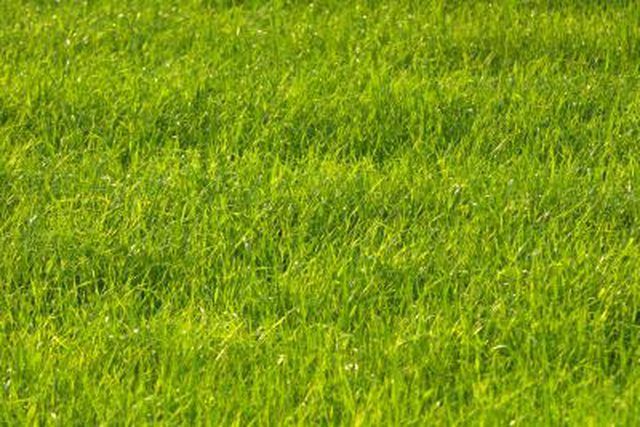Bulbs
Flower Basics
Flower Beds & Specialty Gardens
Flower Garden
Garden Furniture
Garden Gnomes
Garden Seeds
Garden Sheds
Garden Statues
Garden Tools & Supplies
Gardening Basics
Green & Organic
Groundcovers & Vines
Growing Annuals
Growing Basil
Growing Beans
Growing Berries
Growing Blueberries
Growing Cactus
Growing Corn
Growing Cotton
Growing Edibles
Growing Flowers
Growing Garlic
Growing Grapes
Growing Grass
Growing Herbs
Growing Jasmine
Growing Mint
Growing Mushrooms
Orchids
Growing Peanuts
Growing Perennials
Growing Plants
Growing Rosemary
Growing Roses
Growing Strawberries
Growing Sunflowers
Growing Thyme
Growing Tomatoes
Growing Tulips
Growing Vegetables
Herb Basics
Herb Garden
Indoor Growing
Landscaping Basics
Landscaping Patios
Landscaping Plants
Landscaping Shrubs
Landscaping Trees
Landscaping Walks & Pathways
Lawn Basics
Lawn Maintenance
Lawn Mowers
Lawn Ornaments
Lawn Planting
Lawn Tools
Outdoor Growing
Overall Landscape Planning
Pests, Weeds & Problems
Plant Basics
Rock Garden
Rose Garden
Shrubs
Soil
Specialty Gardens
Trees
Vegetable Garden
Yard Maintenance
How to Landscape a 3-acre Yard
How to Landscape a 3-acre Yard. Planning a landscape design is challenging but it is important to plan ahead. Particularly with a large yard, like a 3-acre garden, which is expansive and will become cumbersome if not easily maintained. Design your yard according to your particular needs but choose many elements that are low maintenance, such as a...

Planning a landscape design is challenging but it is important to plan ahead. Particularly with a large yard, like a 3-acre garden, which is expansive and will become cumbersome if not easily maintained. Design your yard according to your particular needs but choose many elements that are low maintenance, such as a rock garden instead of acres of lawn. Keeping up on mowing and weeding gardens takes away from the time you enjoy your space.
Things You'll Need
Graphing paper
Sketch your yard on a piece of graphing paper. Keep it as close to scale as possible. Add immobile items such as the house, garage, driveway and any large trees. Make photocopies of the map.
Divide the yard into different sections. Use a pencil and sketch out how you to use each area. For example, you may want a flower garden, children's play area, vegetable garden, open lawn, gazebo, rock garden and tranquil sitting area. Add these elements to the map and move them around, using different maps to see how different designs look.
Add partitions to the different sections of the yard. For example, decide if you want fence, shrubs, a creek, a rock wall, a tree line or a flowerbed to divide the different areas. Creating visual and physical barriers allows you to see each area separately so you can easily design it. When it's developed, you can also use the partitions to teach children where they can and can't play.
Break down each section of the yard and choose what you want to add to it. For a flower garden, write down specific ideas for flowers you want to grow. Keep in mind the sun and soil requirements for specific flowers. For a tranquil sitting area, you may want a few benches, koi pound or statues. A play area will need play ground and grass for the children.
Review your yard plan to make sure all the elements are functional. Consider how they will look when they are developed. Ensure that the larger structures won't block the view of other structures. Consider the practical functions of the garden, such as watering plants. If hoses won't reach some areas, you may need to install an irrigation system. Continue working and reworking the plans on the photocopied map until it looks right.